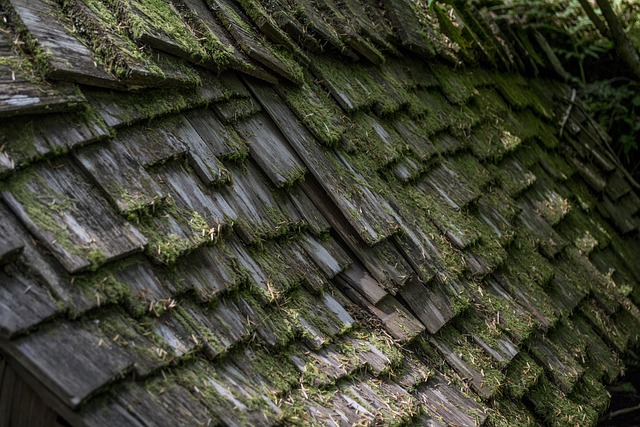In Houston, maintaining a watertight home is essential due to its challenging climatic conditions marked by heavy rains and high temperatures that can strain roof flashing. These metal seals around junctions like chimneys, vents, and valleys must be regularly inspected for signs of corrosion, especially considering the city's coastal location and salty air that accelerate wear. Homeowners should conduct ground-level checks using binoculars, followed by detailed on-roof examinations if needed, ensuring they have safety gear to identify any damage like cracks or rust. Prompt repair with durable materials like aluminum or galvanized steel is crucial after detecting issues, and for those opting for professional services, hiring a skilled Houston roof repair specialist is recommended. The use of strong adhesives and sealants, along with rubberized asphalt for flat roofs, will ensure watertight seals. Given the frequency of severe weather in Houston, it's imperative to address these issues promptly to prevent costly interior damage. Regular upkeep and timely repairs, tailored to the city's specific environmental challenges, are key to protecting homes from the harsh impacts of Houston's climate.
Addressing water infiltration issues in Houston homes, particularly through roof flashing, is paramount due to the city’s diverse weather patterns. This article delves into effective fixes for roof flashing to safeguard your property from moisture damage. We explore vulnerabilities, provide a comprehensive guide for inspection and repair, discuss optimal material choices for the region’s climate, weigh professional versus DIY repair options, and offer maintenance advice to maintain your Houston home’s integrity against water intrusion. Houston roof repair expertise informs each section, ensuring homeowners can protect their investments effectively.
- Assessing Roof Flashing Vulnerabilities in Houston's Climate
- Step-by-Step Guide to Inspecting and Repairing Roof Flashing in Houston Homes
- Material Selection for Durable Roof Flashing in the Houston Environment
- Professional vs DIY: Deciding on Roof Flashing Repair Approach in Houston
- Maintenance Tips to Protect Your Houston Home from Water Infiltration Through Roof Flashing
Assessing Roof Flashing Vulnerabilities in Houston's Climate
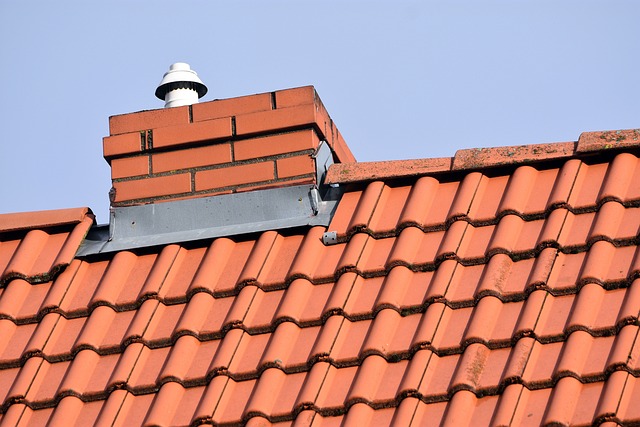
In Houston’s humid and often unpredictable climate, assessing roof flashing vulnerabilities is a critical step in maintaining a watertight home. The combination of high rainfall and intense heat can exacerbate existing issues with roof flashing, leading to frequent need for Houston roof repair services. Roof flashing, the metal strips that seal the joints where different parts of the roof meet, such as chimneys, vents, and valleys, are particularly susceptible to wear and tear in this environment. Homeowners should regularly inspect these areas for signs of corrosion, which can be accelerated by the city’s high salt content in the air due to its proximity to the Gulf Coast. Any visible rust or separation between the flashing and the roofing material indicates a potential point of water infiltration that needs immediate attention from professional Houston roof repair experts. Additionally, after significant storms, which are common in Houston, it’s advisable to conduct a thorough check for any damage that could compromise the integrity of the flashing. This proactive approach can prevent costly repairs down the line and ensure the longevity of the roof system by mitigating water damage to the interior of the home. Regular maintenance and timely repairs are key to protecting your property from the relentless elements Houston is known for.
Step-by-Step Guide to Inspecting and Repairing Roof Flashing in Houston Homes
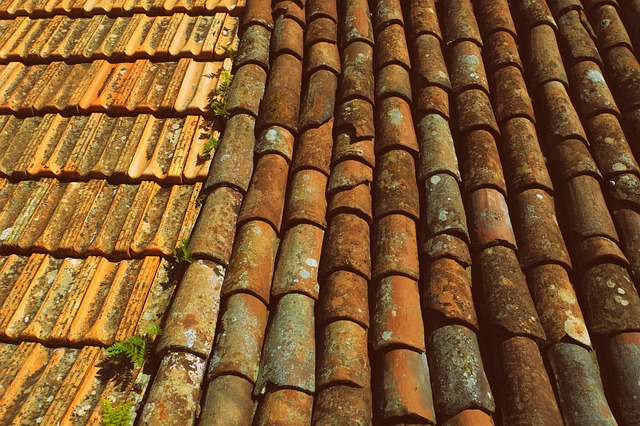
When addressing water infiltration issues in Houston homes, a meticulous inspection and subsequent repair of roof flashing are pivotal to maintaining the integrity of your property. To ensure the longevity and safety of your home, it’s crucial to regularly inspect the roof flashing—a critical component that seals the connection between the roof and any vertical surfaces, such as chimneys or vent pipes. In Houston’s climate, where severe weather is common, these inspections become even more essential.
Begin by thoroughly examining the flashing from the ground using binoculars, noting any signs of wear, such as cracks, separation at the joints, or visible rust. Common areas to scrutinize include valleys, around vents, skylights, and where the roof meets walls or protrusions. If you identify any compromised sections, it’s time for a closer look. Don safety gear and ascend to the roof to perform a detailed inspection. Use a soft brush to remove debris and a hose to wash away dirt that might be obscuring damage. Look for any points where water could potentially enter—this could manifest as granule loss around metal flashing, or as daylight peeking through joints.
Once you’ve identified the problem areas, the repair process can commence. Start by lifting and removing any damaged flashing, taking care not to damage the underlying roofing material. Clean the surfaces thoroughly, ensuring they are free of debris and dust. Measure and cut new metal flashing to fit the area exactly, allowing for overlap with adjacent materials for a watertight seal. Apply a generous amount of high-quality flashing cement or urethane sealant under the new flashing to ensure a strong bond. Press the new flashing into place, holding it firmly until the adhesive cures according to the manufacturer’s instructions. Finally, apply a layer of roofing cement or metal flashing tape over the joints for additional protection against water infiltration. This step-by-step guide to inspecting and repairing roof flashing is essential for Houston homeowners looking to safeguard their property from the effects of rain and wind typical of the region. For those who prefer professional assistance, hiring a reputable Houston roof repair service can provide peace of mind and expert craftsmanship.
Material Selection for Durable Roof Flashing in the Houston Environment
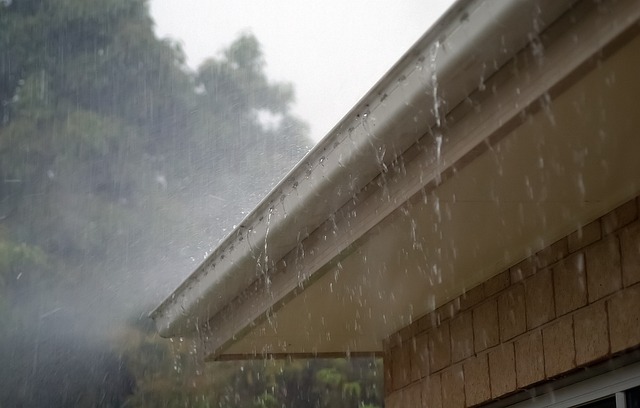
In the Houston environment, where extreme weather conditions are the norm, durable roof flashing is a critical component for maintaining the integrity of a building’s structure. The choice of material for roof flashing in this region should be informed by the demands of the local climate, which includes high heat, humidity, and occasional torrential rains. Metal options like aluminum, galvanized steel, or copper are often recommended for Houston roof repair due to their longevity and resistance to corrosion, particularly in coastal areas where saltwater can accelerate degradation. Aluminum, in particular, is favored for its lightweight nature and strong corrosion resistance, making it an ideal choice for the Houston climate. Additionally, for homes that have a flat or low-sloped roof, rubberized asphalt flashing can be an effective solution as it provides flexibility and a tight seal against water infiltration. When selecting materials, homeowners and contractors should consider the expertise of professionals specializing in Houston roof repair to ensure the chosen flashing will withstand the area’s harsh conditions and provide long-lasting protection for the home. Regular maintenance and timely repairs further contribute to the longevity of the flashing system, ensuring that it effectively diverts water away from vulnerable areas of the roof and prevents costly water damage over time.
Professional vs DIY: Deciding on Roof Flashing Repair Approach in Houston
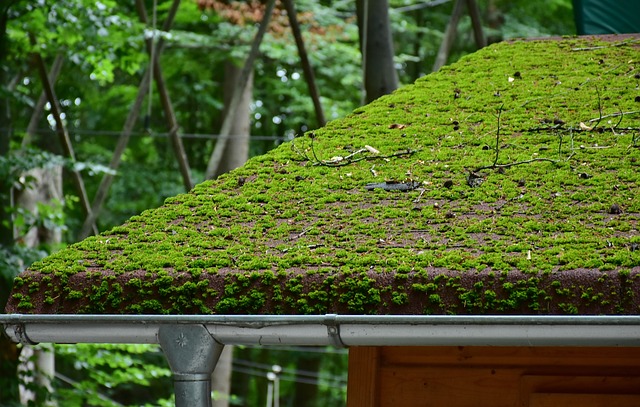
In Houston, where tropical storms and heavy rains are common, maintaining a watertight roof is crucial for protecting your home from water infiltration. When addressing issues with roof flashing, the decision between professional repair services and a DIY approach should be made carefully, considering the complexity of the task and the potential risks involved. Professional roof repair contractors in Houston bring a wealth of experience, specialized tools, and expertise to ensure that your roof flashing is repaired efficiently and effectively, often guaranteeing their work against future leaks. They are well-versed in navigating the unique challenges posed by Houston’s climate, such as high humidity and potential for mold growth, which can complicate DIY repairs. On the other hand, for those with a good understanding of roofing systems, basic DIY roof flashing repair might be a viable option, especially if the issue is minor. However, it’s important to consider the height and safety concerns associated with working on a roof, as well as the risk of voiding warranties or causing further damage if not done correctly. Engaging a local Houston roof repair specialist can provide peace of mind, given their familiarity with the area’s specific environmental factors and building codes. Whether you choose to go professional or embark on a DIY project, the key is to ensure that the repair is durable and protective against the elements, safeguarding your home from water damage in the long term.
Maintenance Tips to Protect Your Houston Home from Water Infiltration Through Roof Flashing
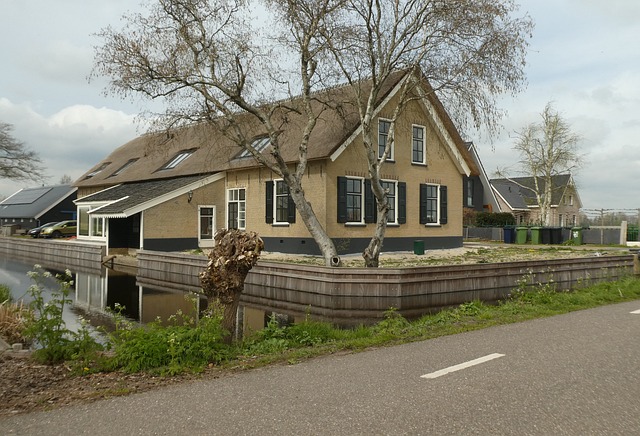
Regular maintenance and prompt repairs are key to protecting your Houston home from water infiltration, particularly at areas where the roof meets other structures. Roof flashing, the metal strips that seal joints between the roof and chimneys, vents, or valleys, can be a common entry point for water if not properly maintained. To safeguard your property from such intrusions, it’s important to regularly inspect your Houston roof repair for signs of wear, corrosion, or damage. Ensure that the sealants around the flashing are intact and effective; reseal any areas that appear compromised.
When performing maintenance, consider the materials used in your flashing. Aluminum and galvanized steel are popular choices due to their resistance to rust and corrosion, which can be a common issue with roof flashing in Houston’s humid climate. If you notice any corrosion or rust, it’s advisable to replace the flashing immediately as part of your Houston roof repair efforts. Additionally, after extreme weather events, such as hail storms or high winds that are common in the region, conduct a thorough inspection of the flashing to ensure it remains watertight. Prompt attention to these areas can prevent costly repairs and protect your home from the damaging effects of water infiltration.
Houston homeowners facing water infiltration issues due to compromised roof flashing can rest assured that with the right knowledge and materials, effective solutions are within reach. By carefully assessing vulnerabilities specific to Houston’s climate, homeowners can implement targeted repair strategies. Our step-by-step guide offers clear instructions for both professional and DIY approaches, ensuring your home remains dry and secure. Selecting resilient materials tailored to the Houston environment is crucial for long-lasting protection against the elements. With consistent maintenance as outlined in our tips, Houston roof repair concerns related to flashing can be mitigated, safeguarding your property from costly water damage.
